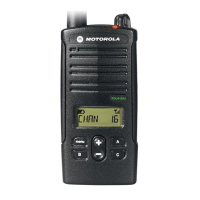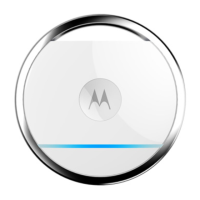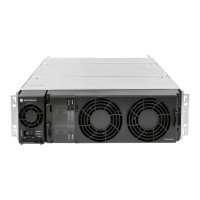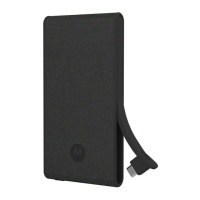6802800U74-AN
Chapter 13: MTS Troubleshooting
13.2.1.2
Recommended Test Equipment
The following table lists the recommended test equipment to perform the Base Radio troubleshooting/
station operation procedures.
Table 112: Recommended Test Equipment
Test Equipment Model Number Use
TETRA Signal Generator Rhode Schwarz:
SMU200A + SMU-
K68
TETRA Analyzer FSQ+FS-
K110+FSQ-K70
Used for checking receive and transmit
operation.
Dummy Load (50 Ω, 250
W)
Weinschel 453033 Used to terminate output
Service Terminal VT100 or compatible Local service terminal
Power Meter HP 437B Used to measure reflected and forward
power
RF Attenuator, 250 W, 40
dB
Weinschel 404043 Protection for HP89441A
RF Attenuator, 10 dB minimum 100 W Protection for HP89441A
13.2.1.3
Troubleshooting Procedures
The Base Radio is computer-controlled and employs digital signal processing techniques. Many of the
troubleshooting and station operation procedures require Man-Machine Interface (MMI) commands.
These commands are used to communicate station level commands to the Base Radio through the
RS-232 communications port located on the front of the BRC.
The field maintenance philosophy for the Base Radio is to repair by replacement. The station is
comprised of self-contained Field Replaceable Units (FRU).
A defective FRU is replaced with a non-defective module. This method of troubleshooting limits down-
time and quickly restores the Base Radio back to normal operation.
Ship defective modules to a Motorola Solutions repair depot for repair.
This manual provides two troubleshooting procedures for the Base Radio. Each procedure is designed
to quickly identify faulty modules.
13.2.1.4
Routine Checkout
Procedure 1 is a quick, non-intrusive test performed during a routine site visit. Use this procedure to
verify proper station operation without taking the station out of service. The following figure shows the
Procedure 1 Troubleshooting Flowchart.

